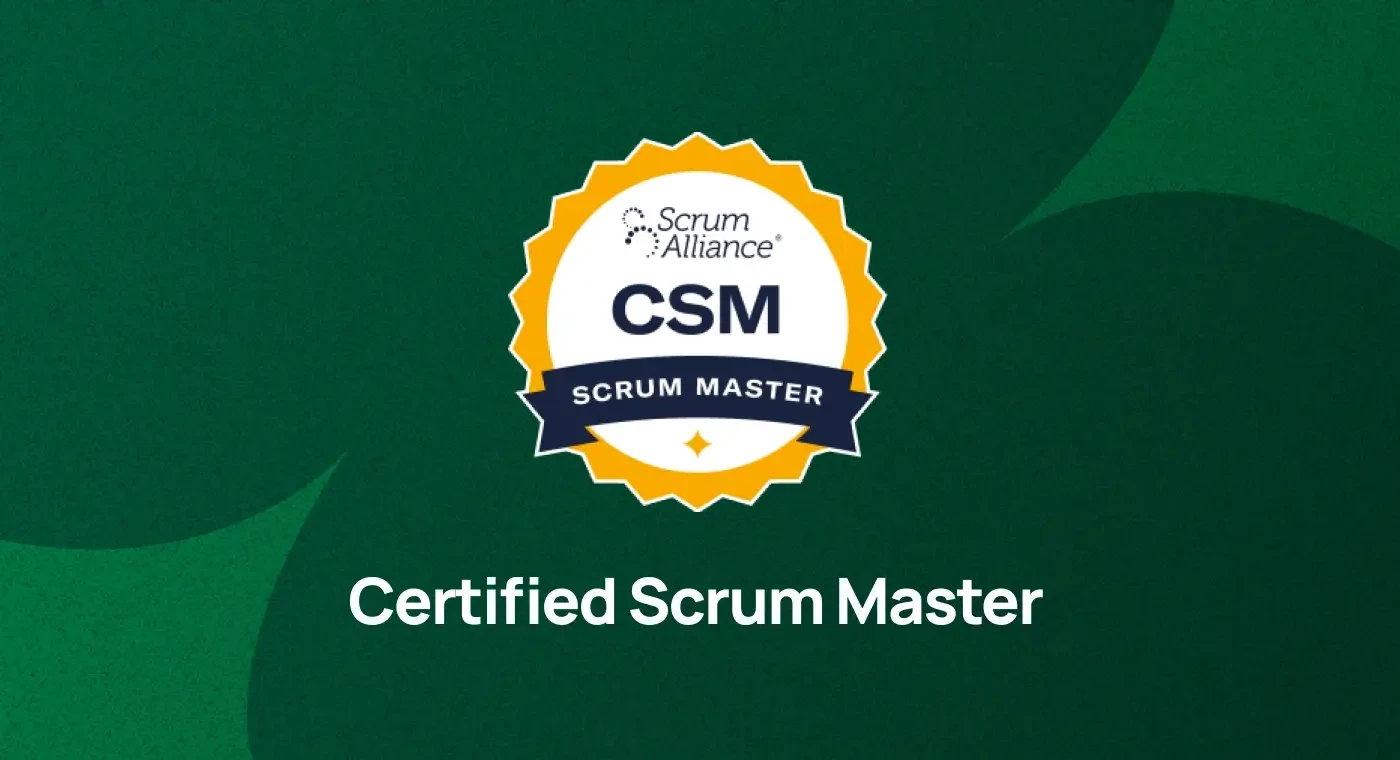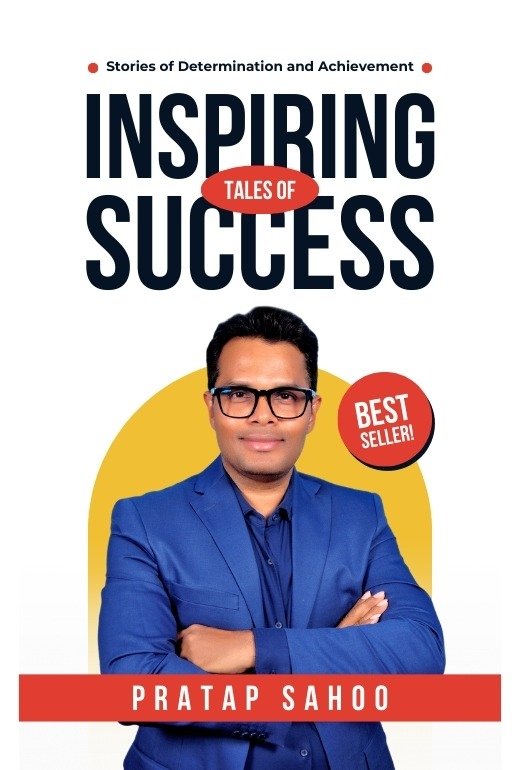Currently Empty: ₹0.00
Agile Management
Scrum Master Interview Questions and Answers
A product owner in Scrum team who is responsible for the outcome of the project. He maximizes the value of the product by managing and optimizing the product backlog. A product owner’s key responsibility is to define user stories and create a product backlog. No matter whether you are a beginner or an intermediate or an experienced product owner, this write-up will aid you in increasing your confidence and knowledge of product owner. The questions below are divided into various topics catering to product owner. They range from story grooming, user story splitting and estimation, burn down charts and more. Also, this guide provide step-by-steo explanations for every question which will help you understand the concepts well. With Product Owner interview questions, you can be confident about your preparation for the upcoming interview.
Question 1-5
What is Scrum?
Scrum is a lightweight Agile framework used for developing, delivering, and sustaining complex products.What is the role of a Scrum Master?
A Scrum Master is a servant leader who facilitates the Scrum process and removes impediments for the team.What are the roles in Scrum?
Product Owner, Scrum Master, Development Team.What is a Sprint?
A time-boxed iteration, typically 1–4 weeks, where work is completed and reviewed.What is a Daily Scrum?
A 15-minute meeting for the team to inspect progress and plan the next 24 hours.
Question 5-10
What is a Product Backlog?
An ordered list of everything needed in the product, owned by the Product Owner.What is a Sprint Backlog?
A list of tasks identified by the Scrum Team to be completed in a Sprint.What is a Sprint Review?
A meeting to inspect the increment and adapt the Product Backlog.What is a Sprint Retrospective?
A meeting where the team reflects and identifies improvements for the next Sprint.What is the Definition of Done (DoD)?
A checklist of criteria that must be met before a product increment is considered complete.
Question 10-15
Who creates the Sprint Goal?
The Scrum Team collectively creates the Sprint Goal during Sprint Planning.What are Scrum Artifacts?
Product Backlog, Sprint Backlog, and Increment.What is a Scrum Board?
A visual tool used to manage the work in a Sprint.What is velocity in Scrum?
The amount of work a team can complete in a Sprint, measured in story points.What is a user story?
A short description of a feature from the end-user perspective.
Question 15-20
What is the INVEST model?
Independent, Negotiable, Valuable, Estimable, Small, Testable.What is timeboxing in Scrum?
Allocating a fixed amount of time for an activity.What is a burn-down chart?
A graph that shows remaining work over time in a Sprint.What is an increment?
The sum of all completed Product Backlog items at the end of a Sprint.Can a Scrum Master be a developer too?
Not recommended; it affects focus and neutrality.
Question 20-25
What does the Scrum Master do in Sprint Planning?
Facilitates the event and ensures the team understands the purpose and goal.What is technical debt?
The implied cost of future rework caused by choosing a quick solution now.Who is responsible for maximizing product value?
The Product Owner.What is the Scrum Master’s role in retrospectives?
Facilitates the meeting and ensures it's productive and constructive.What is empirical process control?
Making decisions based on observation, experience, and experimentation.
Question 25-30
What is a Scrum Team?
A small, cross-functional, self-managing team.What are the three pillars of Scrum?
Transparency, Inspection, Adaptation.What is meant by cross-functional team?
A team with all skills needed to deliver a product increment.Can a Product Owner change during a Sprint?
Ideally no, but in special circumstances with proper transition.What if a team doesn’t finish all Sprint Backlog items?
Incomplete items go back to the Product Backlog for future planning.
Question 30-35
Can new work be added during a Sprint?
Only if it doesn’t affect the Sprint Goal and team agrees.What are common Scrum events?
Sprint Planning, Daily Scrum, Sprint Review, Sprint Retrospective.What is backlog refinement?
Ongoing activity where Product Backlog items are reviewed and updated.How long is a Sprint?
Typically 1 to 4 weeks, consistent duration per team.What is meant by "servant leader"?
A leader who serves the team by removing obstacles and fostering collaboration.
Question 35-40
How does Scrum support Agile principles?
Through iterative delivery, collaboration, and responsiveness to change.What is a potential increment?
A deliverable, usable product that meets DoD.What happens if the Scrum Master is not available?
A temporary substitute may be used, but a full-time Scrum Master is ideal.What is the role of stakeholders in Scrum?
Provide input and feedback on the product and increment.What is meant by "inspect and adapt"?
Regularly reviewing and improving product and process.
Question 40-45
What is meant by “self-organizing team”?
A team that decides how best to accomplish work without being directed.What is the Scrum Master’s role in team conflicts?
Facilitate resolution and foster open communication.How do Scrum Masters handle resistance to Agile?
Educate, coach, and guide team members and stakeholders.What is a Scrum Guide?
The official document defining the Scrum framework.What are the accountabilities in Scrum?
Product Owner, Scrum Master, and Developers.
Question 45-50
What is refinement vs. planning?
Refinement is preparing backlog items; planning selects and commits to Sprint work.Why are Sprints timeboxed?
To ensure focus, predictability, and cadence.What is the role of Scrum Master in Daily Scrum?
Ensure it happens, but developers own the event.What happens if team fails to meet Sprint Goal?
Learn in retrospective and adapt in future Sprints.Can the Sprint Goal change during a Sprint?
No, it should remain stable once defined.
Question 1-5
What metrics can a Scrum Master use to track progress?
Velocity, burn-down charts, cycle time, lead time.How do you handle a non-cooperative Product Owner?
Facilitate conversations, offer coaching, and align on shared goals.What tools do Scrum teams typically use?
Jira, Trello, Azure DevOps, Rally, Confluence, Miro.How do you deal with scope creep in Scrum?
Educate stakeholders, protect Sprint scope, and manage backlog properly.What is a Definition of Ready (DoR)?
Criteria that a user story must meet before being accepted into a Sprint.
Question 5-10
What’s the Scrum Master’s role in scaled environments?
Coordinate across teams, remove cross-team impediments.How do you coach a team new to Agile?
Conduct workshops, explain Scrum roles/events/artifacts, mentor continuously.What’s the difference between Agile Coach and Scrum Master?
Agile Coach operates at an organizational level; Scrum Master focuses on team-level execution.How do you measure team maturity?
Self-organization, velocity trends, collaboration, and adherence to Scrum.What’s the Scrum Master’s role in backlog refinement?
Facilitate the session, ensure collaboration between PO and team.
Question 10-15
How do you ensure a team is not over-committing?
Use historical velocity, encourage honest estimations, and protect team boundaries.What causes Sprint failure?
Poor planning, external interruptions, unclear goals, lack of collaboration.How do you build trust in a Scrum Team?
Transparency, consistent feedback, respect, psychological safety.How do you handle team members who dominate discussions?
Encourage equal participation, use facilitation techniques.What is a spike and when is it used?
Time-boxed research activity for uncertainty or unknowns.
Question 15-20
What is a retrospective format you use?
Start-Stop-Continue, 4Ls (Liked, Learned, Lacked, Longed for), Sailboat.How do you promote collaboration between PO and Developers?
Joint backlog refinement, shared Sprint goals, open communication.What are some signs of a high-performing team?
Self-organized, proactive communication, consistent delivery, peer accountability.How do you deal with external disruptions during Sprints?
Shield the team, involve PO for prioritization, escalate if needed.How do you handle changing priorities mid-Sprint?
Revert to Product Owner; only allow if absolutely critical and agreed upon.
Question 20-25
How do you run effective Daily Scrums?
Timebox, focus on Sprint Goal, discourage problem-solving in the meeting.How do you encourage continuous improvement?
Retrospectives, feedback loops, metrics analysis.What if a team consistently overestimates?
Coach them on estimation, use historical data, promote learning.How do you deal with conflict in the team?
Identify root cause, mediate discussions, restore collaboration.What is Scrum-ban?
A hybrid of Scrum and Kanban, used in support or continuous flow work.
Question 25-30
How do you deal with team burnout?
Monitor workload, allow breaks, focus on sustainable pace.What is the Scrum Master’s role in estimation?
Facilitate, not influence — ensure team understands the purpose.What if PO keeps adding work mid-Sprint?
Coach PO, reinforce Sprint boundaries.How do you ensure alignment across multiple teams?
Scrum of Scrums, common Sprint cadence, shared backlog items.How do you identify impediments?
Daily Scrums, metrics, one-on-one discussions.
Question 30-35
What are signs of a poor Scrum Master?
Micromanaging, skipping ceremonies, ignoring team feedback.How do you implement Scrum in non-IT projects?
Map deliverables to backlog, timebox work, use Scrum events.How do you ensure deliverables meet quality standards?
Enforce DoD, promote test automation, collaborate with QA.What is the purpose of a Sprint Goal?
Provides focus and alignment for the team throughout the Sprint.What if some members are not contributing equally?
Raise in retrospective, encourage accountability, one-on-one coaching.
Question 35-40
What is a Cumulative Flow Diagram (CFD)?
Shows flow of work items through statuses, identifies bottlenecks.What’s the Scrum Master’s stance on multitasking?
Avoid it; encourages inefficiency and context-switching.How do you onboard a new team member?
Provide Scrum training, pair with senior dev, introduce ceremonies.What are common Scrum misconceptions?
No documentation, no planning, Scrum = faster delivery.How do you deal with velocity fluctuation?
Analyze causes, check team consistency, review estimation practices.
Question 40-45
How do you track impediments?
Use an Impediment Backlog, visible board, or management tools.How do you facilitate stakeholder engagement?
Involve them in reviews, demos, backlog discussions.How do you deal with too many meetings?
Combine sessions if possible, stick to timeboxes, ensure purpose.What is a release planning in Scrum?
Forecasting future releases based on velocity and backlog priority.What is Niko-Niko calendar?
Visual mood tracking tool to monitor team morale.
Question 45-50
What is the Scrum Master’s relationship with management?
Advocate for team, educate leadership, escalate blockers.How do you deal with dependencies?
Identify early, work with other teams/POs, visualize and plan.How do you prevent scope creep?
Educate stakeholders, enforce DoR and Sprint boundaries.What are benefits of small teams in Scrum?
Better communication, faster decision-making, higher cohesion.What is "sustainable pace"?
Working at a pace the team can maintain indefinitely.
Question 1-5
How do you scale Scrum for enterprise-level projects?
Use frameworks like SAFe, LeSS, or Nexus with coordination mechanisms.What is your approach to Agile transformation?
Start with leadership buy-in, team coaching, pilot projects, and feedback cycles.How do you implement DevOps with Scrum?
Integrate CI/CD, automate testing, foster collaboration between Dev and Ops.What is Systems Thinking in Agile?
Understanding the whole system to optimize for long-term impact.What is Nexus?
A framework for scaling Scrum across multiple teams working on a single product.
Question 5-10
How do you handle conflicts between PO and stakeholders?
Facilitate negotiation, clarify roles, focus on product goals.What are indicators of Agile maturity?
Self-organization, continuous improvement, business alignment, and value delivery.How do you deal with team silos in large organizations?
Encourage cross-functional training, shared goals, and system-wide retrospectives.What’s your approach to coaching resistant senior leadership?
Use metrics, business language, and pilot results to demonstrate value.What is SAFe and how does it relate to Scrum?
Scaled Agile Framework; combines Scrum with Lean and portfolio governance.
Question 10-15
What are Lean principles in Scrum context?
Eliminate waste, deliver fast, build quality in, optimize the whole.How do you drive innovation in Scrum teams?
Allow hackathons, innovation sprints, encourage experimentation.What is psychological safety, and why is it important?
Team members feel safe to take risks — critical for high performance.How do you measure team health?
Retrospective insights, engagement surveys, team feedback.How do you handle complex interdependencies?
Dependency mapping, coordination meetings, early planning.
Question 15-20
What are guardrails in Lean Portfolio Management?
Policies and guidelines that align Agile execution with strategy.How do you balance speed with quality?
Enforce DoD, automate testing, focus on technical excellence.What is WSJF and how do you use it?
Weighted Shortest Job First — prioritization model based on Cost of Delay.What’s your experience with Agile metrics misuse?
Velocity as a target, not trend; gaming the system; missing context.What is a program increment in SAFe?
A timebox for planning and delivering value across Agile teams.
Question 20-25
How do you coach multiple Scrum Teams?
Support Scrum of Scrums, synchronize cadences, enable knowledge sharing.How do you manage culture change during Agile adoption?
Role modeling, consistent communication, celebrating small wins.What is dual-track Agile?
Separate discovery and delivery tracks that run in parallel.How do you align product strategy with Scrum execution?
Roadmapping, OKRs, Product Vision tied to Sprint Goals.What makes you a successful Scrum Master?
Empathy, strong facilitation, deep Scrum knowledge, coaching mindset, and resilience.
Description
The Product Owner is a pivotal role in an Agile team, serving as the primary liaison for stakeholder needs and representing the team’s goals and progress. They are solely accountable for maintaining the quality and value of the team’s output and own the responsibility for managing the product backlog.
Demand for skilled Product Owners is strong across industries. A quick look at job postings shows top companies actively seeking candidates for this role. Currently, there are over 300 open Product Owner positions on LinkedIn in Spain alone. Research indicates that the average annual salary for a Product Owner in the United States is around $105,158, while in India, the average salary is approximately ₹9,97,286 per year, according to Indeed.








